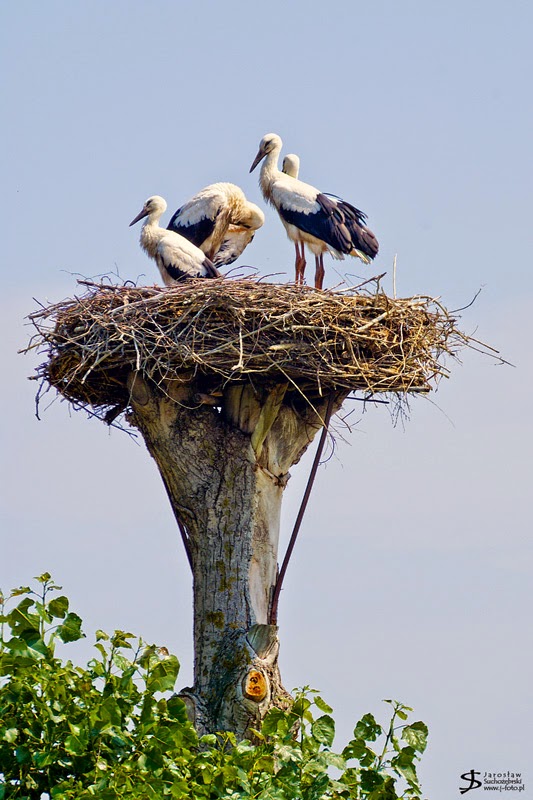Chestnut tree

The name " Chestnut " is derived from an earlier English term " Chesten nut ", which descends from the Old French word " chastain ". The trees' names are virtually identical in all the most ancient languages of Central Europe: in Breton kistinen for the tree, and kistin for its fruit, in Welsh castan-wydden and sataen , in Dutch kastanje for both the tree and its fruit, in Albanian gështenjë , in Polish kasztanowiec for the tree and kasztan for its fruit, and many others close to the French châtaigne and to the Latin name chosen for the genus, Castanea . The name Castanea is probably derived from the old name for the sweet chestnut, either in Latin or in Ancient Greek. Another possible source of the name is the town of Kastania in Thessaly, Greece; more probable, though, is that the town took its name from the most common tree growing around it (See: Wikipedia ). The chestnut is very popular tree in Poland. The trees were often planted














